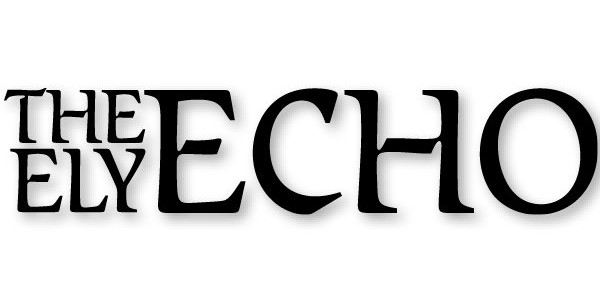It’s not yet clear when local government officials will address a recommendation that area ambulance operations be taken over by Ely-Bloomenson Community Hospital A Monday afternoon meeting of the ambulance joint powers board included only brief discussion, and was spurred only by a question from hospital board member John Saw, who asked members their thoughts about a June 13 public meeting where the recommendation was advanced by consultants retained by EBCH.
Response was limited, seemingly in part because the issue was not part of a brief agenda for the session held at the Winton Community Center.
Winton Mayor Marlene Zorman said however that the government entities, which also include Ely and both Morse and Fall Lake townships need time to address the proposal.
Morse Supervisor Bob Berrini, was more skeptical, noting that the private non-profit Ely Area Ambulance Service holds the license and operates the current local ambulance service, and contending its financial fortunes have improved since it faced insolvency earlier in the year.
Berrini was also critical of EBCH, questioning why written materials related to the recommendation were not made available at the public meeting.
“They gave you guys a report, how come nobody else got it?” said Berrini. “How come there was no books or literature, no numbers?”
Hospital administrator Patti Banks noted that the report, provided by SafeTech Solutions, was paid for by EBCH.
She stressed that the report “was not an evaluation of any one service or another,” and was meant to come up with a sustainable solution for providing emergency management service in the region, encompassing not only the Ely area but the Babbitt and Tower areas as well.
Banks promised to share the consultants’ PowerPoint presentatin, which was released to the Ely Echo last week, to the government representatives.
Zorman said an Ely Echo report on the June 13 meeting “summed it up.”
“It was a reference point for not having anything at the meeting,” she said.
Banks told the group that “I don’t expect an answer today,” but pressed members to weigh the issue.
“The conversation is, are we going to move forward and look at one type of regional approach, or are we going to remain with the status quo?” said Banks. “I think it’s a conversation that we need to have.”
Saw referenced the presentation from SafeTech and said further discussion was needed, particularly because of both patient considerations and lost ambulance revenue when staff shortages prevent the local ambulance service from providing hospital- to-hospital transports. SafeTech estimated that more than one in 10 interfacility transports are unable to be completed.
“Our doctors are going crazy because they can’t get transports and transports are the bread and butter (of ambulance revenues),” said Saw.
Berrini disputed that contention and noted that the Ely Area Ambulance Service has never been cited by the state for being unable to complete transports.
“If you miss (enough transports) you get a letter from the state threatening to pull the license, we’ve never had it,” said Berrini.
Berrini also contends that the financial fortunes of Ely’s ambulance service have improved since it needed an infusion of public funds to meet payroll obligations.
Also unclear are the intentions of leaders in Babbitt and Tower. Under the Safe-Tech recommendation, ambulance service there would also be provided by EBCH in an operation that would result in full-time, paid staff working around the clock in each community.
“I’m interested in seeing where Babbitt and Tower are at,” said Ely council member Al Forsman.
Zorman said the next steps are discussion among the various government entities, who form the joint powers that owns the ambulance building. The EAAS, meanwhile, is the non-profit that operates the service and handles billing, payroll and other segments of the operation.
“We’re all thinking about it and now we know where to go to get more information,” said Zorman.
SafeTech pointed to Medicare reimbursement rate rules in pressing for EBCH to take over an ambulance operation it gave up in the late-2000s.
Medicare reimbursements under the current structure can be as small as 30 cents on the dollar and encompass up to two-thirds of the runs made by area ambulance services, but those reimbursements climb to as much as 101 percent should billing originate from a critical access hospital such as EBCH.
That makes a world of difference in financial models, including one calling for as many as four fully-staffed ambulances in the Ely, Babbitt, and Tower areas and an operation with more than 30 full-time personnel.
Banks told the group that the hospital is committed to finding a viable solution.
“The hospital would not be pursuing this if it were not important to patient needs and EMS in general,” said Banks. “This is not about the quality of any ambulance service in the area. It’s about sustainability, change and maintaining patient care. It’s in our best interest to make sure ambulance service remains viable because the hospital could go also.”










